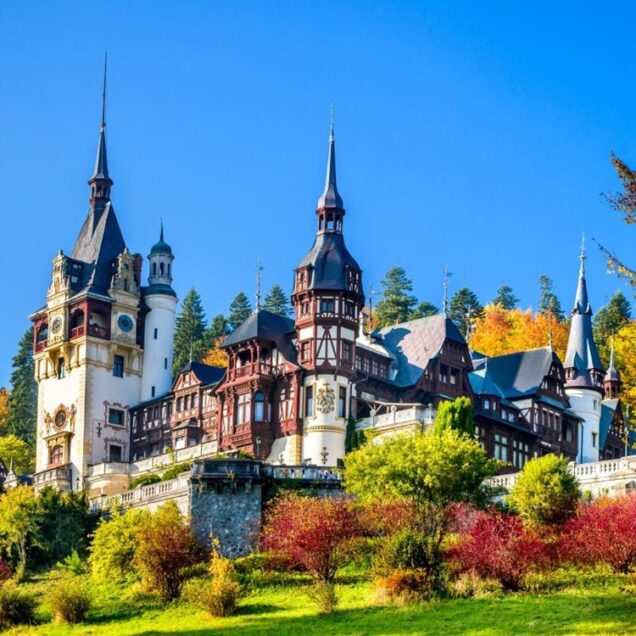

Embark on an unforgettable adventure in Namibia. Every moment reveals the breathtaking beauty and unique charm of this vast, desolate land. Expertly guided tours will lead you to the stunning highlights. Etosha National Park stands out as a jewel among them. This expansive wildlife sanctuary is renowned for its mesmerising salt pan. It is also home to Africa’s iconic “Big 5”—majestic lions, elusive leopards, mighty elephants, formidable buffaloes, and graceful rhinos. Etosha is one of the few places on Earth where you can catch sight of cheetahs and the endangered black rhino.
Journey to Kamanjab and prepare for an exhilarating visit to the celebrated Otjitotongwe Cheetah Park, where you’ll have the rare opportunity to connect with these magnificent creatures up close. Join us for an experience that promises to inspire awe and leave lasting memories!
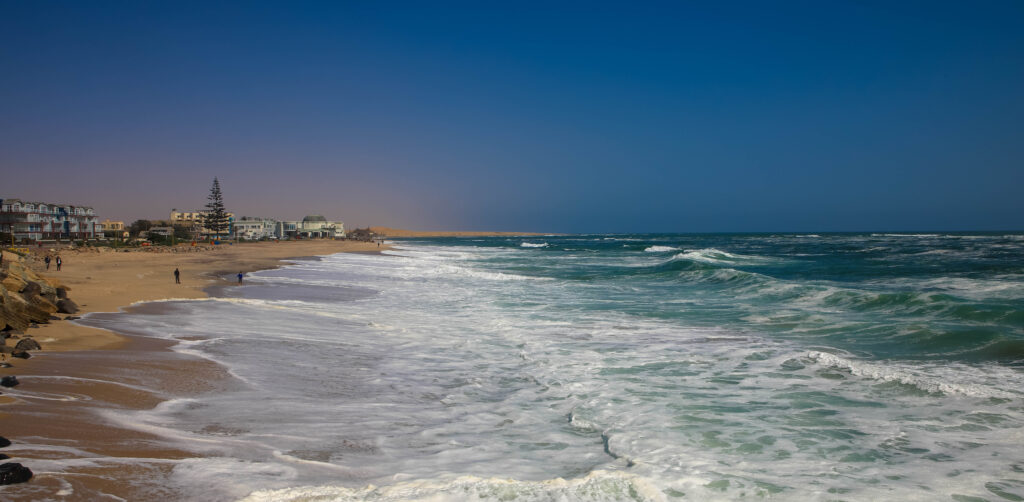
Swakopmund, a historic German colonial town surrounded by desert, is situated on the Atlantic Ocean coast. You can book sandboarding, quad biking, tandem skydiving, game fishing and many more in and around the area. Cape Cross has a large colony of around 100,000 Cape Cross fur seals. Explore Namib-Naukluft National Park, famous for its giant dunes, on your way to Seseriem Canyon.
We love the fabulous range of offers from Tour Radar. All of these small group tours are focused on the Etosha National Park.
Tucan Travel was established in South America in 1987. Our vision is to provide exceptional travel experiences to adventurers around the globe. Over the years, we have evolved. We are now a comprehensive platform offering a wealth of valuable insights. We want you to know that we aim to help you make informed decisions about the perfect tours and destinations. Whether you’re seeking a thrilling adventure in the heart of the Amazon rainforest or a relaxing beach getaway in the Caribbean, we are here to guide you every step of the way. Our website is dedicated to curating unique and unforgettable travel experiences that cater to all interests and preferences. Trust Tucan Travel to be your ultimate travel companion on your journey to discovering the world’s wonders.
Click on the link here to read more about our commitment to responsible travel.
Namibia was initially inhabited by the San (or Basarwa) Bushmen, who communicate by clicking tongues. The Damara and Namaqua, and later the Bantu, expanded into the area. Europeans arrived in the 19th century, and Namibia was then South West Africa. Germany controlled all of what is now Namibia except for Walvis Bay, which was under British control until 1994. Namibia attained independence in 1990.
After Mongolia, Namibia is the least densely populated country in the world, with an average of 2.5 people per square kilometre. It shares the Kalahari Desert with Botswana and South Africa and also has the Namib Desert, which stretches along the entire coastline, making the majority of the country very dry, hot and arid. The Skeleton Coast is a part of this area, so called due to the many shipwrecks that lie littered inland in the desert caused by the inhospitable conditions and dangerous coastline of this area.
The central plateau runs through the centre of Namibia and reaches a height of just over 2,500 metres. The capital, Windhoek, can be found on the plateau. This is also where almost all of the agriculture of the country is found.

In the northeast of the country is the bushveld – the area where the most rain occurs, and the temperatures are much less severe. Adjacent to this is the Etosha Pan – home to the fabulous Etosha National Park. For most of the year, it is a dry saline wasteland with a few watering holes dotted around its vast area that the animals must visit to stay alive – thus providing excellent game viewing opportunities. However, during the wet season (November to April, with the main rains starting in January), it becomes a huge shallow lake of over 6000 square km. At this time, it can also be almost unbearably hot and humid.
Visit www.worldclimate.com to get an idea of what the weather will be like on your tour.
Currently, EU, US, Canadian, Australian and New Zealand citizens do not need a visa to enter Namibia. However, it is your responsibility to check all visa requirements before travelling.
All visitors to Namibia must have at least two blank pages in their passport for entry/departure endorsements by the Namibian Immigration Service. Travellers who are arriving overland from South Africa will also require two blank pages for their South African entry and exit. Please check your passport before travel to ensure that you can meet these requirements.
Visa services like www.travcour.com can be very helpful. Follow the link here for our tips for travel.
Important: pounds sterling are not accepted at border crossings, so bring US dollars cash for any visa expenses at the border.

The monetary unit in Namibia is the Namibian dollar. For up-to-date exchange rates with your currency, visit www.xe.com.
In general, Visa is the only credit card that will work everywhere in Africa. Master Card, AMEX and Cirrus will work in some countries but not in others.
On arrival at Windhoek International Airport, we suggest that you withdraw some Namibian dollars at the ATM or change some money at the bank if you only have US dollars or traveller’s cheques. Change enough money to see you through the first few days of your trip – particularly if it is a weekend.
We recommend that you bring cash in US dollars only. When changing money, it is a good idea, if at all possible, to get small denomination notes and coins in the local currency as often there is a lack of change when you are making purchases, and no one in Africa ever seems to have changed.
Just so you know, it is not possible to withdraw US dollars from ATMs in Africa, only local currency.
Service charges and local taxes are almost always included but a tip for good service of around 10% is common practice.
Crime is not a great problem in Namibia, but you should still be careful and not become complacent. Don’t walk around lonely back streets, especially on your own, don’t wear expensive-looking jewellery or a classy watch and don’t carry a wallet in your back pocket. Don’t carry your camera openly; always have it in a small day pack which is firmly attached to your body, preferably in the front in crowded places. Always wear a money belt or leave your valuables, including your passport, in the hostel / campsite security box.
I think it should be taken when taking photos in and around the towns and cities. As anywhere, permission should always be sought before taking photographs of people. Never take photos of police, military personnel or buildings. The same goes for any government buildings, banks, post offices or the railway station.
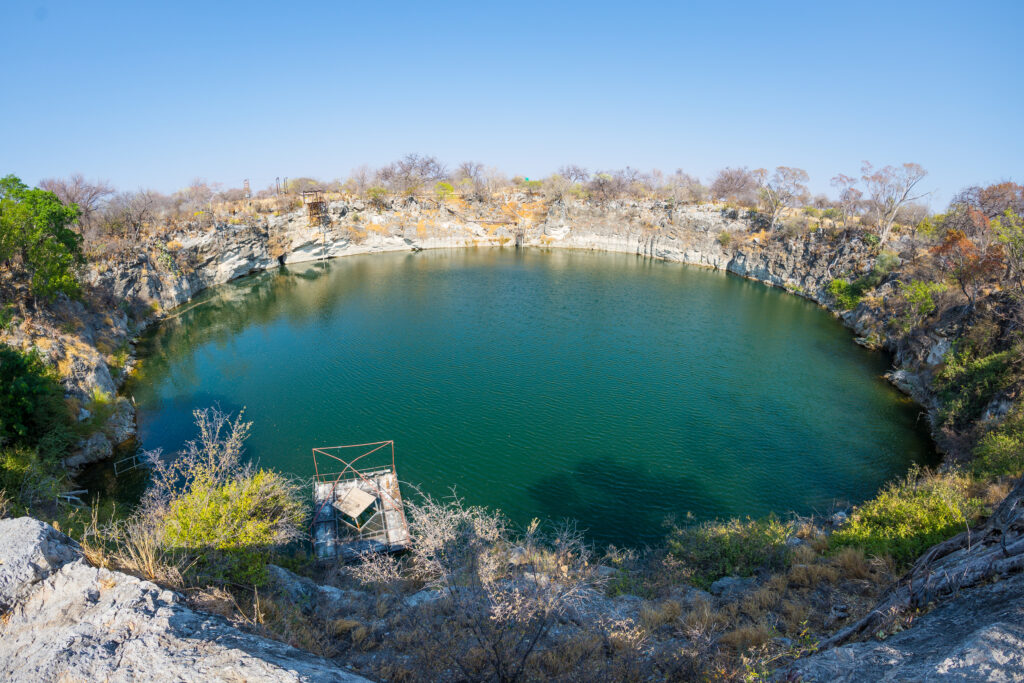
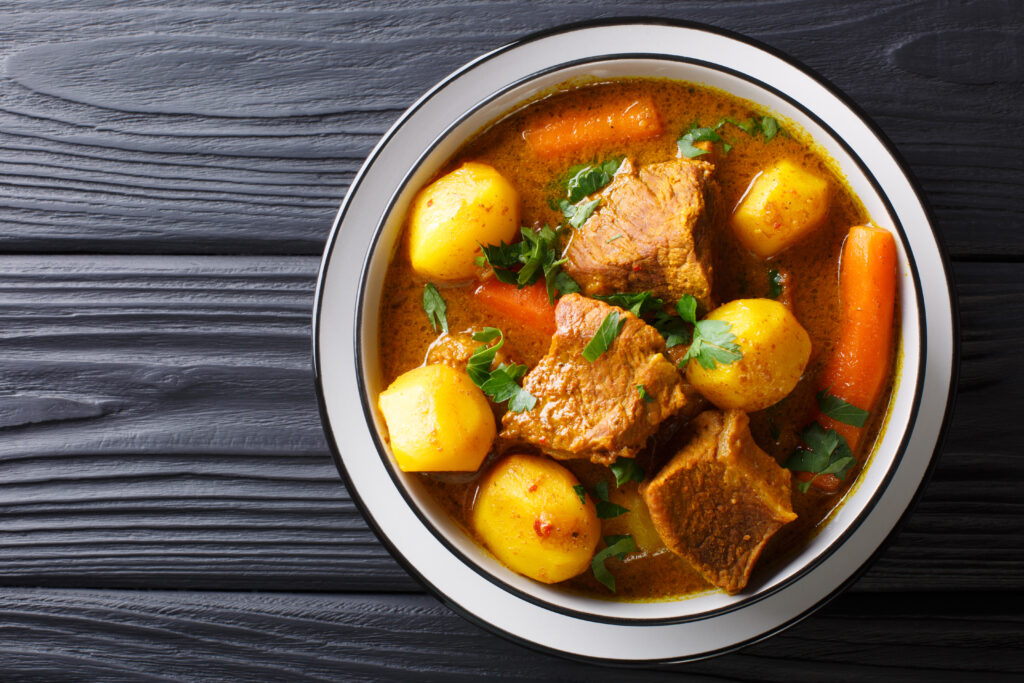
Could you check with your tour company as to what meals are included? Your tour leader will be able to recommend local restaurants.
Traditional food includes porridge and a soup made from cornmeal, millet or cassava, supplemented by fish or meat. This, together with stew, vegetables, and milk products, make up the staple diet.
In the larger cities and towns such as Windhoek and especially Swakopmund, there is a definite Germanic flavour to the menu. German-style bakeries, restaurants and bars are common, and dishes such as Eisbien (roasted pork shank) with dumplings and sauerkraut will be sure to fill the emptiest of stomachs.
On the coast, the seafood is delicious. The fresh oysters and mussels, when in season, are tasty. You can find a wide selection of fresh fish available all year round. Locally found line fish include Kabeljou and Steenbras, both of which are tasty. Game meat makes a regular appearance on menus in large towns and cities. Ostrich, as well as Kudu and Eland, all excellent options.
If you are a strict vegetarian, you may experience a distinct lack of variety in the food available, especially in small towns. You might find that you are eating a lot of omelettes and other egg dishes. Your tour leaders will do everything they can to help.
You should be wary of drinking the local tap water. Bottled water, carbonated soft drinks and fruit juices are widely available and are generally safe to drink. Please keep in mind that fruit juices are sometimes made with un-boiled tap water and could upset your stomach.
There are various brands of beers found only in Namibia, including Windhoek, Tafel and Holsten. Beware imported spirit prices, as they are costly, so always ask for the local equivalent spirit if you want to remain within your budget!
Voltage: 240 volts. Sockets are three pin
Time difference: The time difference in Namibia is GMT/UTC + 2. For other time differences please visit www.timeanddate.com
We are passionate adventure travelers who want to share the world and our travel experiences with everyone…
This website uses cookies so that we can provide you with the best user experience possible. Cookie information is stored in your browser and performs functions such as recognising you when you return to our website and helping our team to understand which sections of the website you find most interesting and useful.
Strictly Necessary Cookie should be enabled at all times so that we can save your preferences for cookie settings.
If you disable this cookie, we will not be able to save your preferences. This means that every time you visit this website you will need to enable or disable cookies again.
